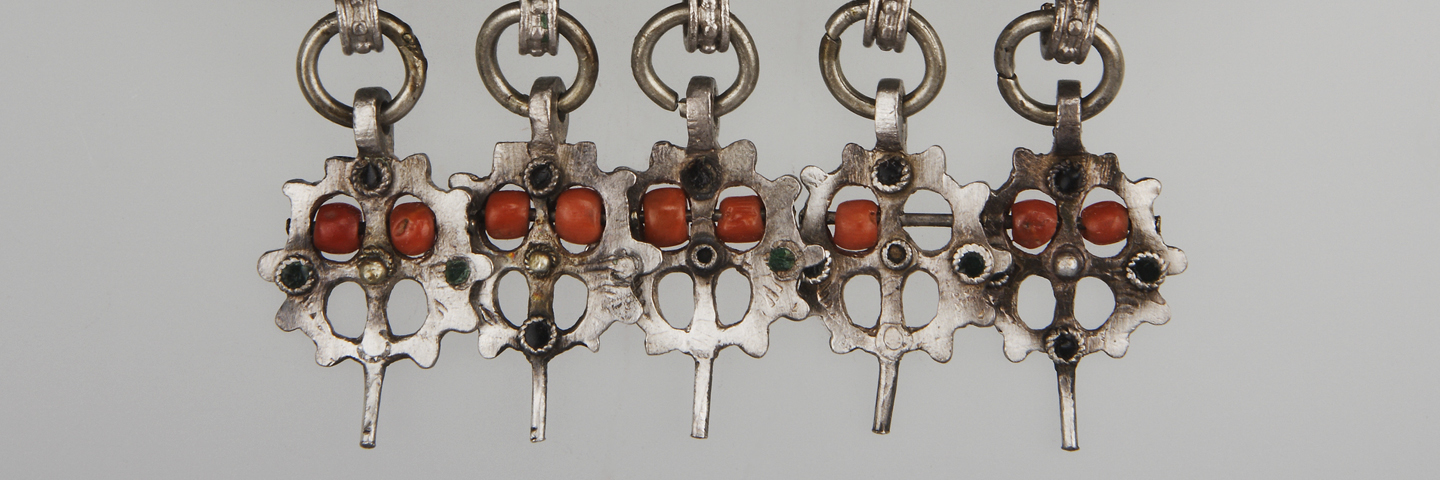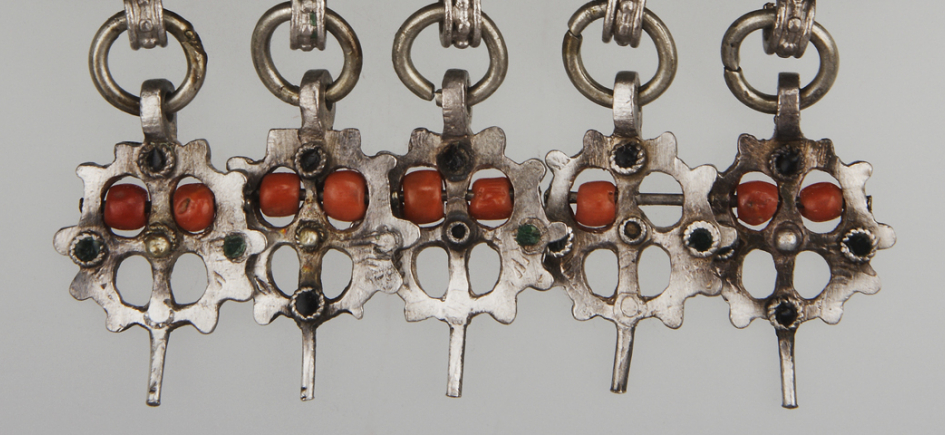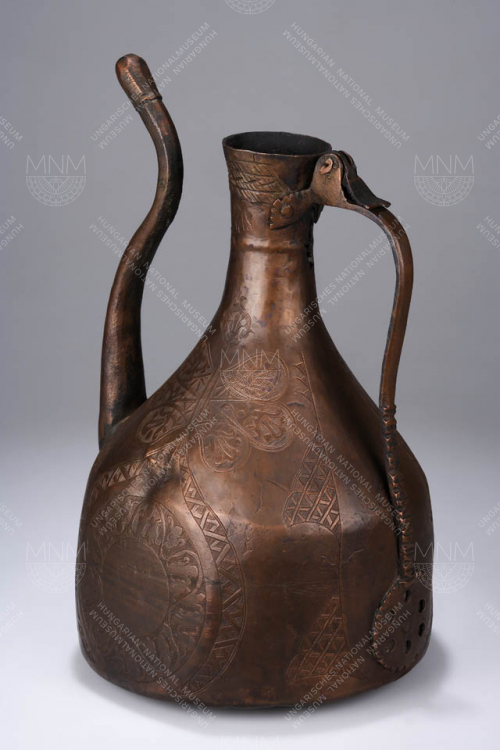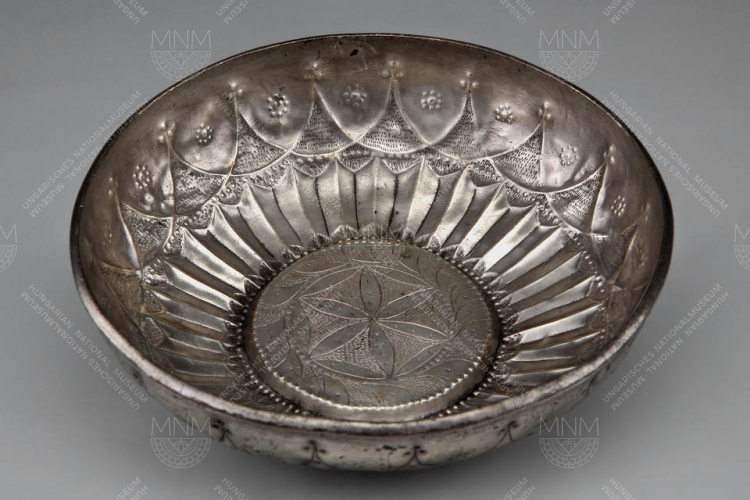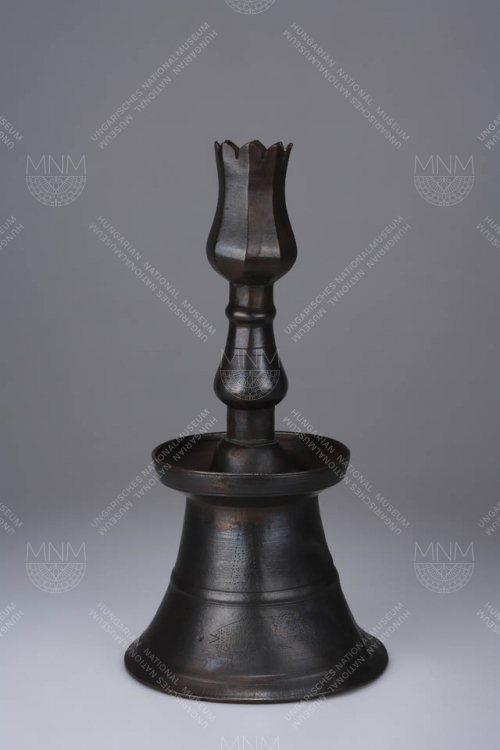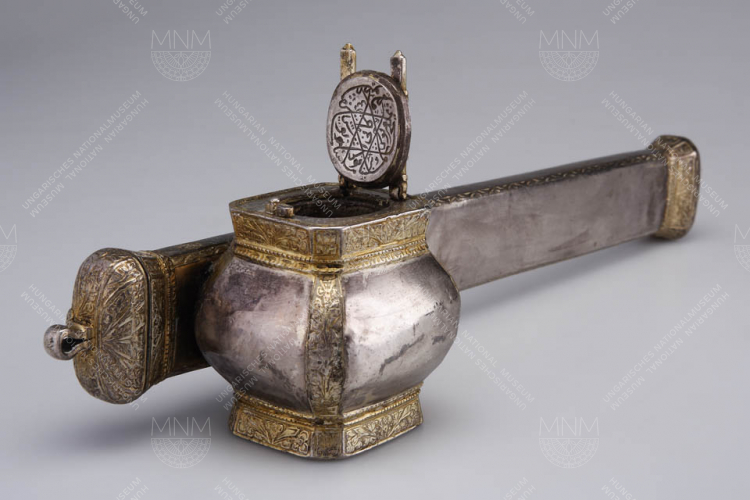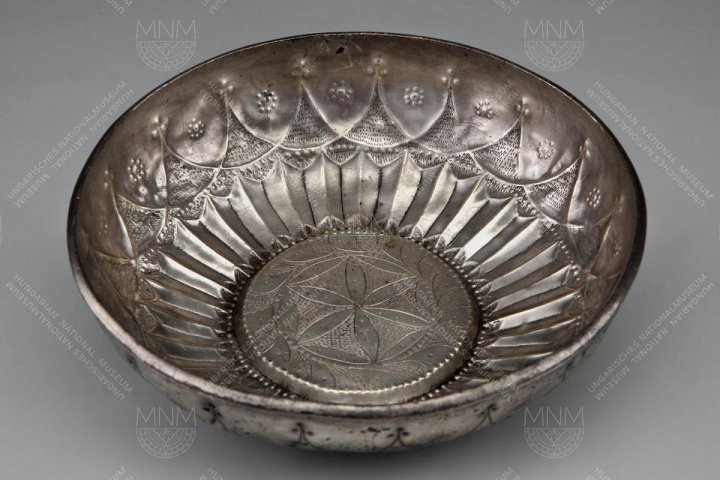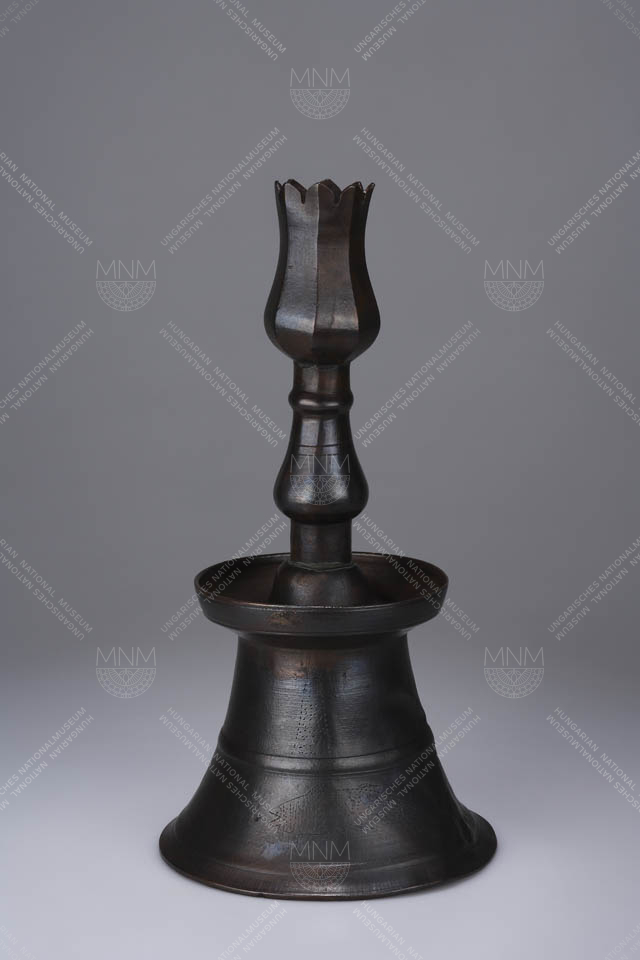
A key goal at the time the Collection’s foundation was the collecting together of archaeological artefacts from the period of Ottoman rule in Hungary (1529–1699). The Collection is, however, richer than this, since it includes 16th–18th-century Ottoman artworks (metal artefacts primarily) found in the earth during archaeological excavations or else acquired by way of purchase or donation. Its Balkan-Ottoman silver bowls and its seals and seal rings are outstanding in international comparison also. Collecting work began in earnest in the second half of the 19th century, and it is thanks to this that the Collection contains a significant number of artefacts from the territory of historical Hungary, from the southern border region primarily. Its Ottoman-origin copper and bronze vessels and artefacts for use have acquired a significance nationally, and so have its holdings of jewellery of Balkan origin. Ottoman art works are to be found in many of the Hungarian National Museum’s other collections, too, primarily in the Department of Weapons, the Department of Numismatics, and the Textiles Collection.
